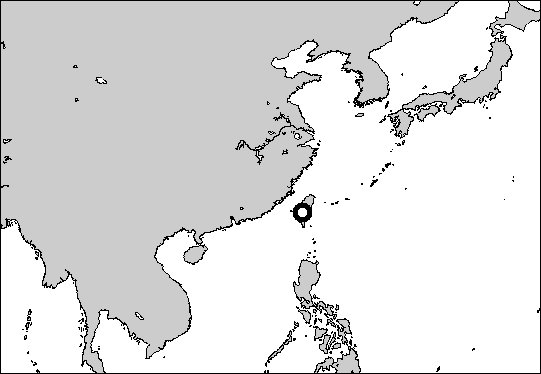
| www.CuriousTaxonomy.net |
|
The Flood in World Myth and Folklore
East Asia |
| © 2021 Mark Isaak |

When the Tsuwo ancestors were dispersed, a great flood came, and everyone was forced to flee to the top of Mount Niitaka-yama. In their haste, none had brought fire with them, and the people suffered cold. Someone saw a sparkle on the top of a neighboring mountain and asked who would go to bring fire back. A goat volunteered, swam to the other mountain, and brought back a burning cord between its horns, but it tired from the swim, and it drooped its head and extinguished the fire before it made it back to land. The people next sent out a taoron (?), which succeeded in the quest; the people gathered around the animal and patted it, which is why it has such shiny skin and small body today. The people were unsure how to lower the water. A wild pig offered to swim off and break a bank lower in the river, and it asked the people to care for its children if it drowned. The people agreed, the pig swam off, and soon the flood water sank. The people decided to make a new river, with the help of the animals, to prevent another great flood. A snake guided the people and hollowed out the bed of the stream. Thousands of birds paved the channel with pebbles. Other animals worked to fashion the river banks and valleys. Only the eagle didn't help, and in punishment, it is not allowed to drink from the river. The goddess Hipararasa came from the south and formed plains by crushing the mountains. At the central ranges, though, an angry bear protecting its homeland confronted her and bit and wounded her child, so the goddess desisted. The land hardened, so the mountains still stand today. The survivors from Mount Niitaka-yama, in groups, wandered their various ways. The idea of headhunting originated while they lived on that mountain.
Frazer, 1919, 229-232.
